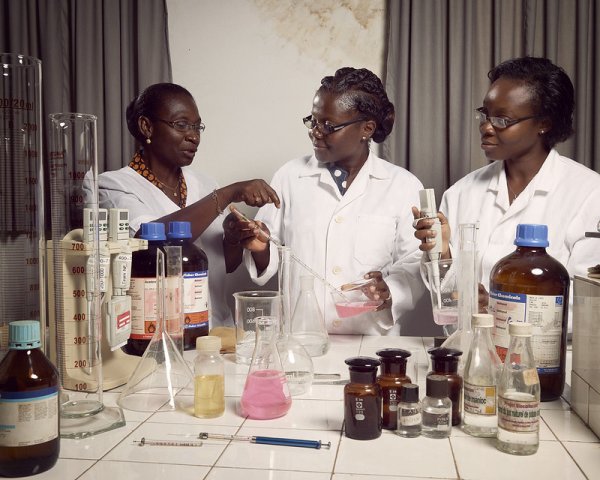WWARN cross-cutting themes
The WWARN cross-cutting themes provide methodological support across all of WWARN's work, including its five research themes. Our current cross-cutting themes are:

Led by Professor Jennifer Flegg, University of Melbourne. The geospatial modelling cross-cutting research theme aims to develop data-driven, predictive maps of the changing landscape of antimalarial resistance. For example, using molecular mutations associated with sulfadoxine–pyrimethamine (SP) resistance in the parasite dhps and dhfr genes, continuous predictive surfaces in space and time are inferred using Bayesian model-based geostatistics over the spatial domain of sub-Saharan Africa and over time. These maps fill in the gaps where no information is available and can be use to guide new policies about where and when SP is appropriate to use as preventive treatment.
Led by Professor Julie Simpson, University of Melbourne. The statistical methodology cross-cutting theme aims to develop and evaluate advanced statistical methods and integrate mathematical and statistical modelling approaches to improve the treatment of infectious diseases. For example, safe primaquine dosing regimens for vivax malaria patients with impaired G6PD activity will be determined using mechanistic mathematical models that simulate the production and destruction of red blood cells and these models will be validated using Bayesian methods. A Bayesian estimation-simulation framework will be evaluated and implemented to inform the design of early phase studies of new antimalarials. A comprehensive evaluation of meta-analytic approaches for evidence synthesis using both simulation and case studies will be conducted to guide the statistical framework for future IDDO individual patient data meta-analyses.
Led by Professor Joel Tarning, University of Oxford. The pharmacometrics cross-cutting theme focuses on developing and implementing advanced pharmacometric modelling techniques to optimize drug dosing, efficacy, and safety in the treatment of neglected tropical diseases (NTDs). This includes the application of pharmacokinetic-pharmacodynamic (PK-PD) modelling and physiologically-based pharmacokinetic (PBPK) modelling to improve therapeutic strategies. We use a pharmacometric modelling and simulation framework to identify particular groups of patients with lower drug exposures and to suggest an evidence-based optimal dosing strategy for these patients. This has been successfully used in individual level patient data meta-analyses in malaria, finding that young children were under-dosed in the treatment of uncomplicated and severe malaria. A modelling and simulation approach were used to develop an optimal dosing in this underserved population, which was used to inform global treatment guidelines for malaria. We aim to continue and expand this work into all of the disease areas covered by the IDDO platform.

